You are here
Exceptional archaeological discovery in Toulouse
The mediaeval castle of the Counts of Toulouse found beneath the Palais de Justice
The remains of the mediaeval castle of the Counts of Toulouse have been found during the restructuring of the Palais de Justice in Toulouse. The excavation, curated by the Regional Archaeological Service (Drac, Midi-Pyrénées), is being carried out by the Institut National de Recherches archéologiques preventives (Inrap).
Exceptional brick architecture
Toulouse, an important centre of French history
In addition to the quality of the architecture, which is for the South West region of France a very rare example of urban military architecture, the historical and symbolic importance of the discovery should be stressed.
Toulouse was the power centre of the family of the Counts of Toulouse. Dukes of Narbonne, they were one of the most important European forces during the 12th century. One of them, Raymond IV aspired to the royal crown. The "Château Narbonnais" which has just been discovered was the centre from which the power of the counts emanated. It was very probably built on the site of a Gallo-Roman gate, the main access in antiquity from Gallia Narbonensis, through the ramparts of Tolosa, into the city. In the Middle Ages in reference to this distant past, the castle was called the "Château Narbonnais".
Elements of comparison enabling us to measure the importance of the building are rare: the Louvre in Paris is the site which first springs to mind. A reference all the more understandable when one realises that, in 1271, when the County of Toulouse became Crown land, the "Château Narbonnais" became a royal castle. Its extensions (Clock Tower and rampart) illustrate the important role then occupied by Toulouse in the southern ambitions of the Capetians.
The continuation of the excavations
This exceptional discovery once more confirms the importance of Toulouse from its origins which date back to the last years of the independence of Celtic Gaul.
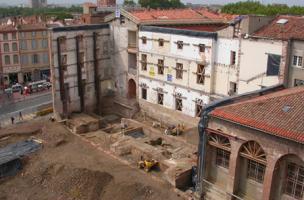
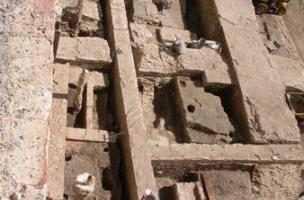

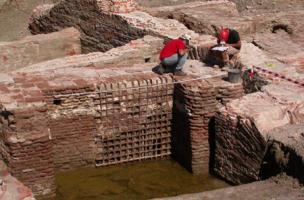
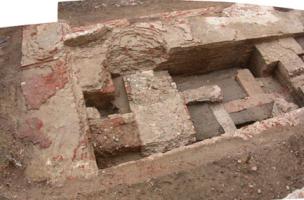

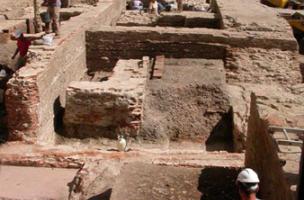
Mahaut Tyrrell
Media communication
Inrap, media partnerships and relations
+33 6 07 40 59 77
mahaut.tyrrell [at] inrap.fr

